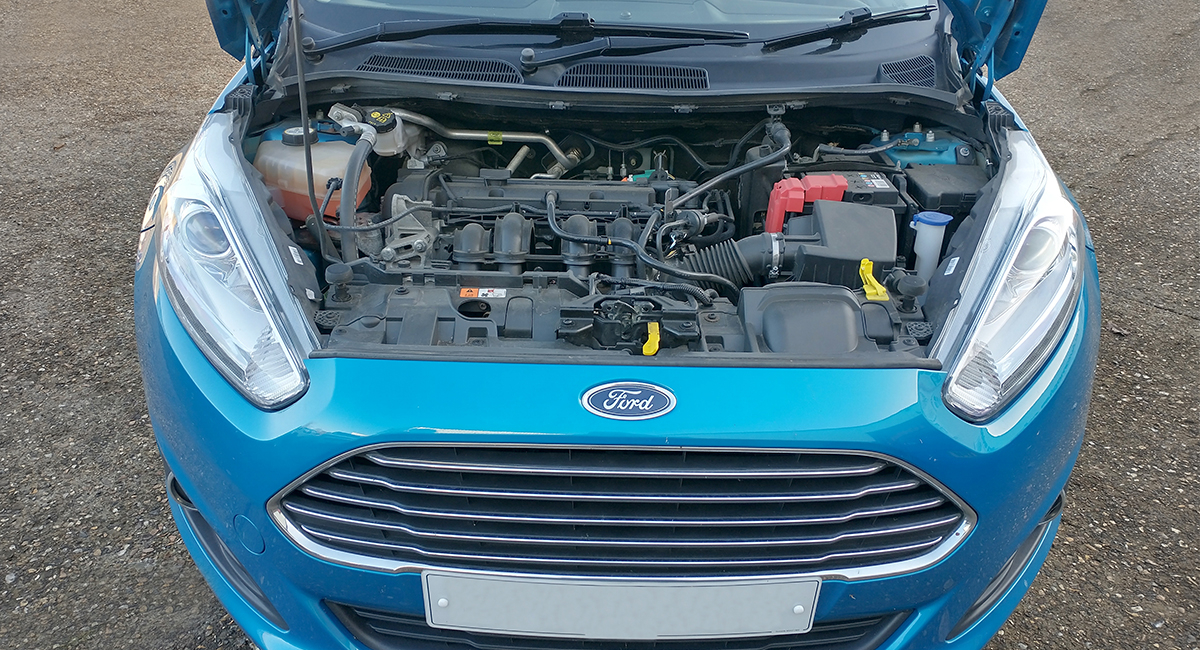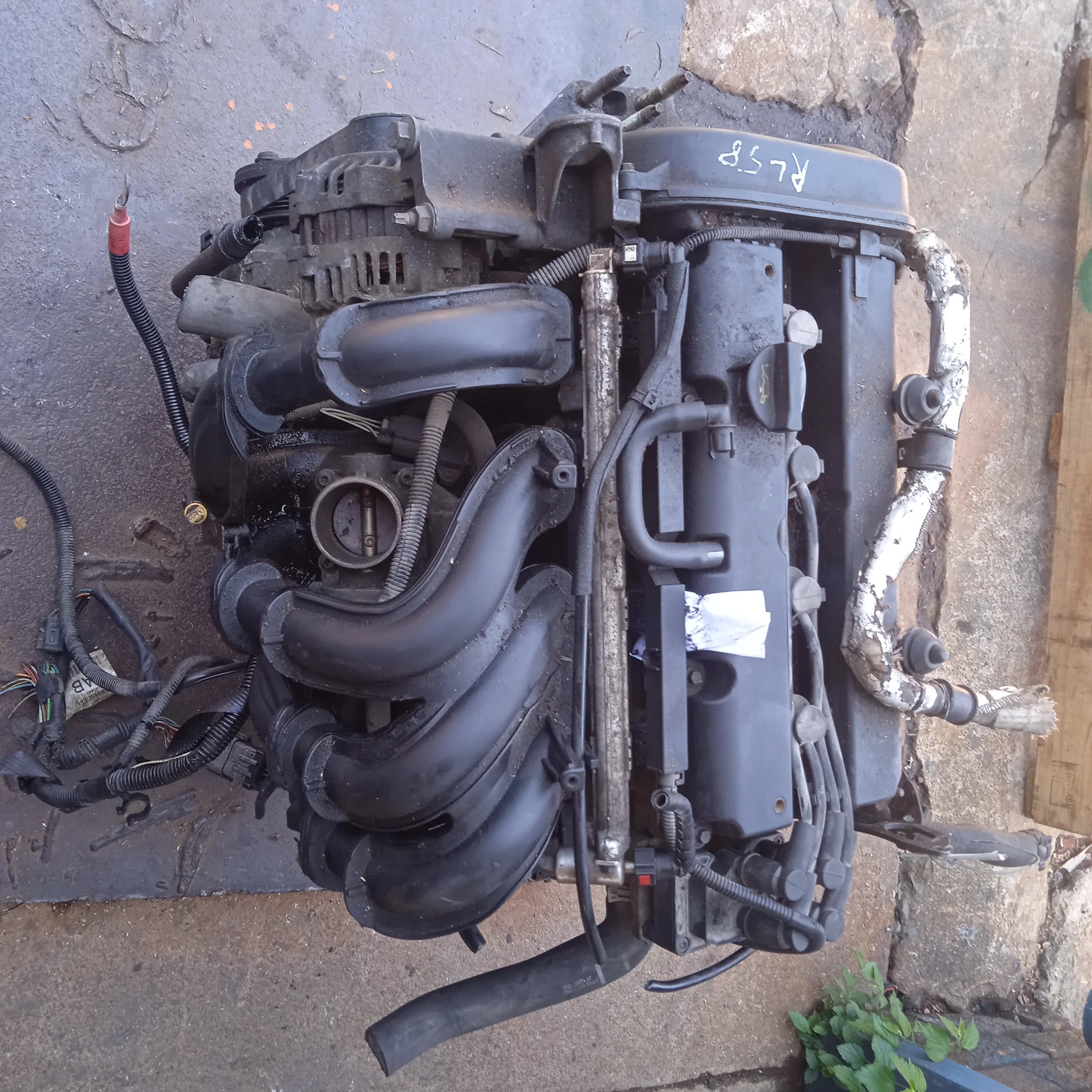Get the Most Out of Your Ford Fiesta Engine with Proper Care
Get the Most Out of Your Ford Fiesta Engine with Proper Care
Blog Article
The Future of Engines: Innovations Driving Sustainable Power Solutions
As the automobile industry navigates the important transition towards sustainability, the future of engines is progressively defined by groundbreaking advancements. Electric engine developments, along with encouraging advancements in hydrogen fuel cells and biofuels, are reshaping the landscape of power services. The emergence of crossbreed systems even more complicates this development, presenting both opportunities and obstacles to reduce discharges efficiently. Coupled with the combination of expert system in engine layout, these technical strides elevate critical inquiries about their long-term viability and effect on typical standards. What might this suggest for the industry and consumers alike?
Electric Engine Dope
The development of electrical engine advancements signifies a critical change in the aerospace and automobile markets, driven by the urgent need for lasting alternatives to fossil gas. This transition is defined by considerable developments in battery modern technology, power electronics, and electric motor style, which collectively improve the performance and performance of electrical engines.
Current advancements have actually caused the production of lighter, extra energy-dense batteries, such as lithium-silicon and solid-state batteries, which assure longer varieties and shorter billing times. Furthermore, renovations in electrical motor effectiveness, such as making use of permanent magnets and advanced cooling systems, enable electric engines to operate efficiently under varying conditions. These enhancements not just improve car efficiency but likewise add to a decrease in total energy usage.
Furthermore, the assimilation of innovative software program formulas has maximized power management in electric vehicles, permitting regenerative braking and predictive billing approaches. As producers progressively welcome electric propulsion, the vehicle and aerospace sectors are observing a paradigm shift in the direction of greener innovations. This evolution not only fulfills governing needs yet additionally straightens with customer preferences for eco-friendly transport remedies, strengthening electrical engines as a keystone of future lasting movement.
Innovations in Biofuels
As the aerospace and automobile sectors increasingly prioritize lasting power sources, developments in biofuels become a corresponding option to electrical engines. Biofuels, stemmed from natural materials such as plants, waste, and algae, provide an ingenious avenue for lowering greenhouse gas discharges and dependence on nonrenewable fuel sources.
Current study has actually concentrated on enhancing the effectiveness and sustainability of biofuel production. Second-generation biofuels use non-food feedstocks, minimizing competitors with food supply and reducing ecological effect. Developments in artificial biology have enabled the engineering of microorganisms to create biofuels more efficiently, leading to greater returns and reduced manufacturing prices.
Furthermore, the development of drop-in biofuels enables seamless assimilation into existing facilities, making it possible for a smoother change for industries traditionally depending on nonrenewable fuel sources. ford fiesta engine. These fuels can be used in present engines without modifications, promoting their fostering across numerous fields
Investments in biofuel innovation, along with supportive plans, are necessary to drive innovation and scalability. As the international area seeks to deal with climate adjustment, biofuels use a practical, prompt remedy that straightens with the overarching objective of sustainability in transport and air travel.
Hydrogen Gas Cell Innovation
A growing number of firms and researchers are discovering hydrogen gas cell modern technology as a practical option to traditional source of power in transportation and energy systems. This innovation transforms chemical energy from hydrogen into electrical power via an electrochemical response, with water as the only result, making it an eco-friendly alternative.
The core of hydrogen gas cells is the gas cell pile, where hydrogen particles are split right into electrons and protons. The flow of electrons generates electrical power, while protons relocate with a membrane layer to integrate with oxygen from the air, creating water. This procedure causes high effectiveness and reduced discharges, positioning hydrogen fuel cells as a vital player in the change to lasting energy.
Significant advancements have been made in improving the sturdiness and efficiency of gas cells, together with lowering costs via ingenious production strategies. The growth of hydrogen manufacturing techniques, such as electrolysis powered by sustainable energy sources, improves the sustainability of the general system. As facilities for hydrogen refueling expands and manufacturing methods come to be much more reliable, hydrogen fuel cell technology holds wonderful guarantee for decarbonizing numerous industries, consisting of sturdy transport and stationary power generation.
Hybrid Systems and Their Influence
Crossbreed systems represent a substantial development in sustainable engine moved here technology, combining typical internal burning engines with electrical propulsion to optimize energy effectiveness and minimize discharges (ford fiesta engine). This dual method permits cars to utilize both power resources, making it possible for better flexibility in energy consumption and lowering dependence on nonrenewable fuel sources

Along with environmental benefits, crossbreed systems supply customers a sensible shift towards fully electric lorries. They minimize range anxiety by integrating the comfort of gas with the advantages of electrical propulsion, making them an eye-catching choice for a bigger audience. As manufacturers purchase hybrid modern technology, the growth of advanced battery systems and lightweight products continues to boost performance. Generally, hybrid systems stand for a pivotal action towards attaining sustainable transportation and dealing with the immediate need for eco pleasant power remedies.
The Role of AI in Engine Design
Leveraging innovative algorithms and machine discovering methods, the vehicle sector is increasingly integrating expert system (AI) into engine layout procedures. AI enhances the efficiency and effectiveness of style by evaluating huge datasets to determine optimum setups and efficiency parameters. This capability allows engineers to simulate numerous web link operating problems and anticipate engine behavior under numerous situations, substantially decreasing the moment and price linked with typical prototyping methods.
Additionally, AI assists in the advancement of innovative products and burning processes tailored for sustainability. By optimizing fuel effectiveness and minimizing emissions, AI-driven designs line up with global initiatives targeted at reducing the carbon footprint of automotive engines. Artificial intelligence formulas can also forecast upkeep needs, leading to boosted dependability and longevity of engine parts.
Additionally, AI is critical in the integration of electrification innovations, such as hybrid systems, where it can enhance battery administration and power recuperation processes. As the industry relocates towards more lasting power services, the function of AI in engine layout comes to be significantly essential, driving advancement and improving the performance of future engines. Ultimately, the partnership in between AI and engine design advertises a brand-new period of smarter, cleaner, and a lot more reliable auto technologies.

Final Thought
In conclusion, the future of engines is being shaped by a convergence of cutting-edge modern technologies that prioritize sustainability. Electric engine developments, biofuel developments, hydrogen fuel cells, and hybrid systems collectively add to a considerable decrease in discharges and ecological influence.
Electric engine improvements, together with encouraging growths in hydrogen gas cells and biofuels, are improving the landscape of power solutions. In addition, renovations in electrical motor effectiveness, such as the use of irreversible magnets visit homepage and advanced cooling systems, enable electric engines to run properly under differing conditions. By maximizing gas efficiency and reducing emissions, AI-driven styles straighten with worldwide efforts aimed at decreasing the carbon footprint of automotive engines. As the sector moves towards more lasting power solutions, the role of AI in engine layout ends up being progressively vital, driving advancement and improving the performance of future engines. Electric engine advancements, biofuel growths, hydrogen gas cells, and hybrid systems collectively add to a significant reduction in discharges and environmental impact.
Report this page